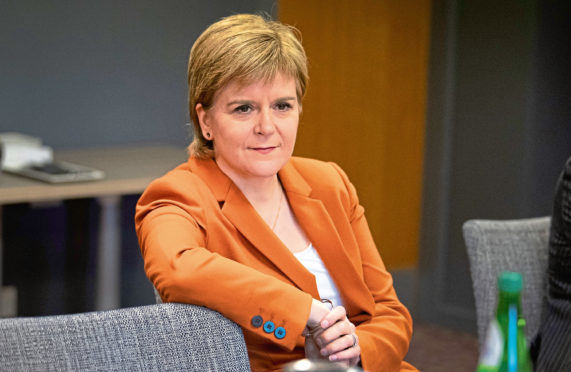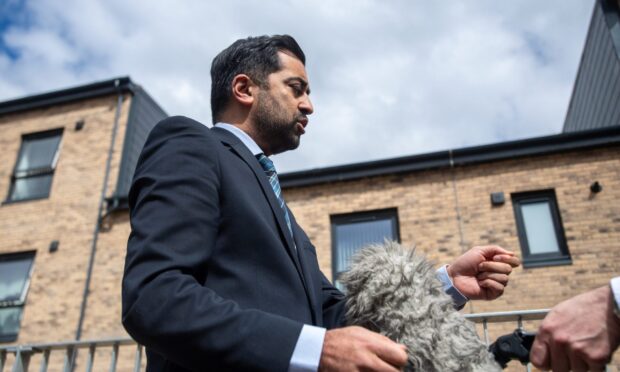Nicola Sturgeon has been asked to explain which services would be cut in an independent Scotland after economic analysis of the SNP manifesto.
The SNP leader came under fire after the Institute for Fiscal Studies (IFS) concluded her party’s election prospectus would lead to deeper austerity than Conservative plans for UK spending.
The independent economic think-tank said taxes would have to rise or cuts would be required to fund the SNP’s manifesto “giveaways”.
The IFS also concluded that the manifesto was focused on independence rather than tackling the “problematic” question of setting out a costed plan for government.
Ms Sturgeon yesterday disputed the IFS’s analysis as she hit the campaign trail in Midlothian. But the Scottish Conservatives said the SNP’s election blueprint would be “devastating” for public services.
The IFS looked at the SNP’s call for NHS spending to be increased across the UK to Scottish levels of £136 per head.
It also examined the SNP’s demand for an end to the two child cap on tax credits, the scrapping of the bedroom tax, increases in Universal Credits and a higher national living wage.
The think-tank “commended” the SNP’s plans, outlined in the party’s Growth Commission last year, to cut Scotland’s deficit – which came to £12.7 billion (excluding oil) in 2018/19.
But it warned: “Pursuing the types of policies suggested in the SNP manifesto in an independent Scotland would mean either those cuts would have to be even bigger or other taxes would have to be increased to pay for the proposed giveaways.”
Andrew Bowie, Tory candidate for West Aberdeenshire and Kincardine, said: “This analysis makes clear the reality behind the SNP’s election rhetoric. Nicola Sturgeon’s own Growth Commission acknowledged that Scotland’s £12.7bn deficit would need to come down after independence.
“The IFS has correctly pointed out that the Nationalist’s general election spending plans would lead to even higher taxes or more cuts to public spending.
“That could be devastating for public services like health and education which are already struggling here in the north-east under the SNP.”
Ms Sturgeon said she did not accept the IFS analysis, describing it as “flawed”.
“I think it raises questions about trying to apply a Westminster manifesto in an independence context. In an independent Scotland we have a range of levers at our disposal that we don’t have right now,” she said.
She added that deficit reduction was already ahead of the Growth Commission’s estimates.










